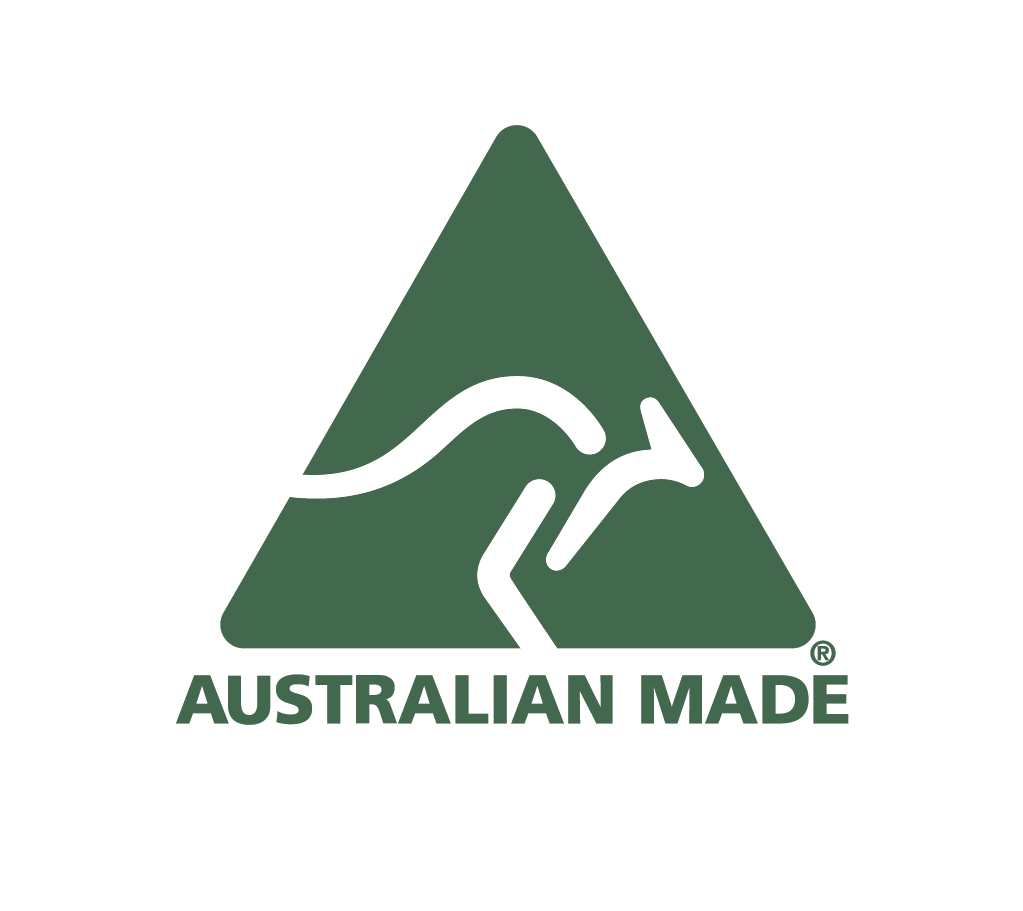What you might not know about a lot of floor and surface cleaners is that they use either Potassium Hydroxide (KOH), Sodium hydroxide (NaOH), Sodium hypochlorite (NaClO) or Ammonia (NH3). All of which are inorganic caustic chemical compounds.
Potassium Hydroxide (KOH) is commonly used when making soap, as an electrolyte in alkaline batteries and in paint and varnish removers. KOH is considered a hazard as cited by the ACGIH, DOT, NIOSH, NFPA and EPA. According to Safe Work Australia, this chemical is classified as Hazardous with risk phrases for human health including acute toxicity and corrosivity. In Australia KOH has a ceiling exposure standard of 2mg/m 3 (Safe Work Australia 2013).
KOH is corrosive to the skin and eyes, meaning contact to either would require first aid. If it comes contact with your eyes, you must quickly brush off excess chemicals from the face and flush straight away with large quantities of water for a least 30 minutes lifting both bottom and top eye lids. Ensure the removal of contact lens if wearing, it is also advised to seek medical attention. If KOH comes into contact with your skin, remove contaminated clothing immediately, brush off excess chemical and wash gently with a lot of water for at least 30 minutes, it is also important to seek medical attention. In the case of inhalation of KOH, remove the person from the exposure. If breathing has stopped begin rescue breathing and if heart has stopped use CPR. Transfer person to a medical facility. Not only can this chemical formula be harmful for the skin and eyes of an adult, but this formula is dangerous for babies and pets! It is advised to use a safer alternative to avoid unwanted fatality, harm, or veterinary bills.
Sodium Hydroxide (NaOH) is a highly alkaline, odourless crystalline substance. NaOH is used to produce soaps, rayon, paper, products that explode, dyes and petroleum products. Cleaning products that include NaOH include- disinfectants, toilet bowl cleaners, oven cleaners, drain openers and bathroom cleaners. Studies suggests that when humans are exposed to this ingredient, they can potentially suffer from burned eyes, skin, and lungs. It, like KOH, is corrosive and long-term exposure can lead to chronic health issues. It is also not eco-friendly as in large quantities, it can change the pH balance of water harming aquatic life. A toxic spill of NaOH that occurred within a river in British Colombia, Canada could take decades to recover.
Ammonia (NH3) is a colourless gas that is quite pungent with a chemical composition of nitrogen and oxygen. This ingredient is found in all-purpose cleaners, window cleaners, stainless steel cleaners, drain cleaners, toilet cleaners, oven cleaners and car polishes. If you have come across NH3, then you should know how horrible it smells. However, it's pungent smells is not just an assault on your nostrils, it can irritate your lungs, throat, eyes, and skin. NH3 is particularly dangerous for individuals suffering from respiratory issues including Asthma. Some studies have indicated a potential risk pertaining to damage in the kidney and liver. Additionally, when NH3 is mixed with other products such as bleach (sodium hypochlorite) a highly poisonous chloramine gas is formed.
Sodium Hypochlorite (NaClO) is the active ingredient in chlorine bleach and is typically used to decontaminate surfaces and equipment. Bleach is a very reactive and is quite hazardous when mixed with incompatible chemicals such as NH3. In terms of the hazards of using bleach, it is an oxidiser and corrosive. Exposure, much like the previous chemicals outlined above, can cause irritation to the eyes, skin, and respiratory system. Vapours can cause serious discomfort even to the point of requiring medical attention. If bleach is mixed with an incompatible chemical, toxic gases can be produced creating potential damage to the eyes, lungs, vocal cords, nervous system, kidneys, and liver.
Pureflor offers a safe alternative. Pureflor contains a proprietary soap free multi-enzyme formula designed to break down grease, oil, and food waste. The multi-enzyme formula destroys grease and grime, naturally lifting grease from grout lines. It doesn’t just mask odours, it breaks down organic matter. Pureflor is pH neutral, non-corrosive and safe for all surfaces. It doesn’t remove the stain by “bleaching it” like the chemicals do. It is a more sustainable cleaner as the enzymes inside are biodegradable. Pureflor’s enzyme cleaners are naturally occurring elements, so they are planet safe. By choosing Pureflor you can have the confidence that not only are you looking out for the ones you love but the whole planet!

